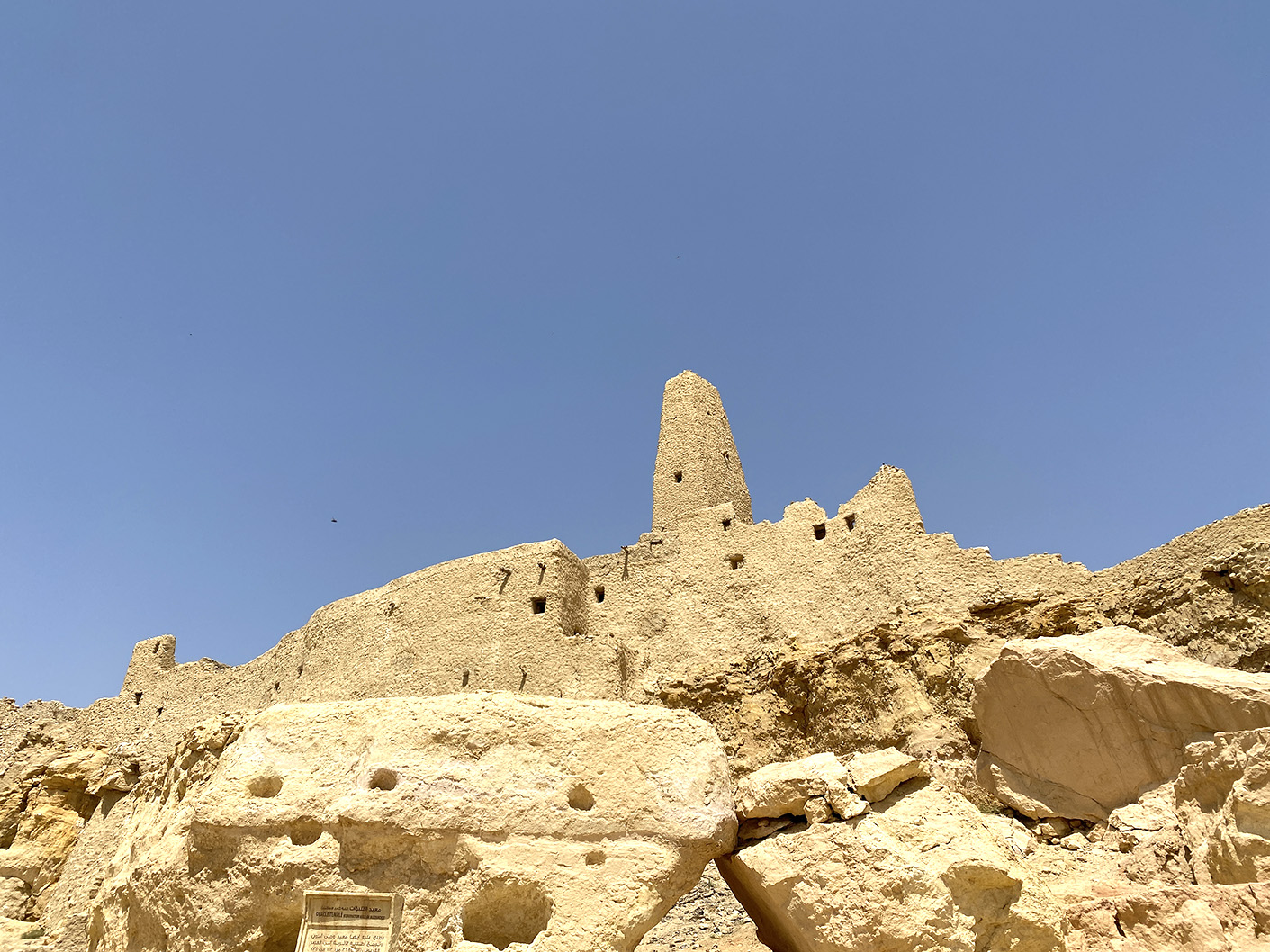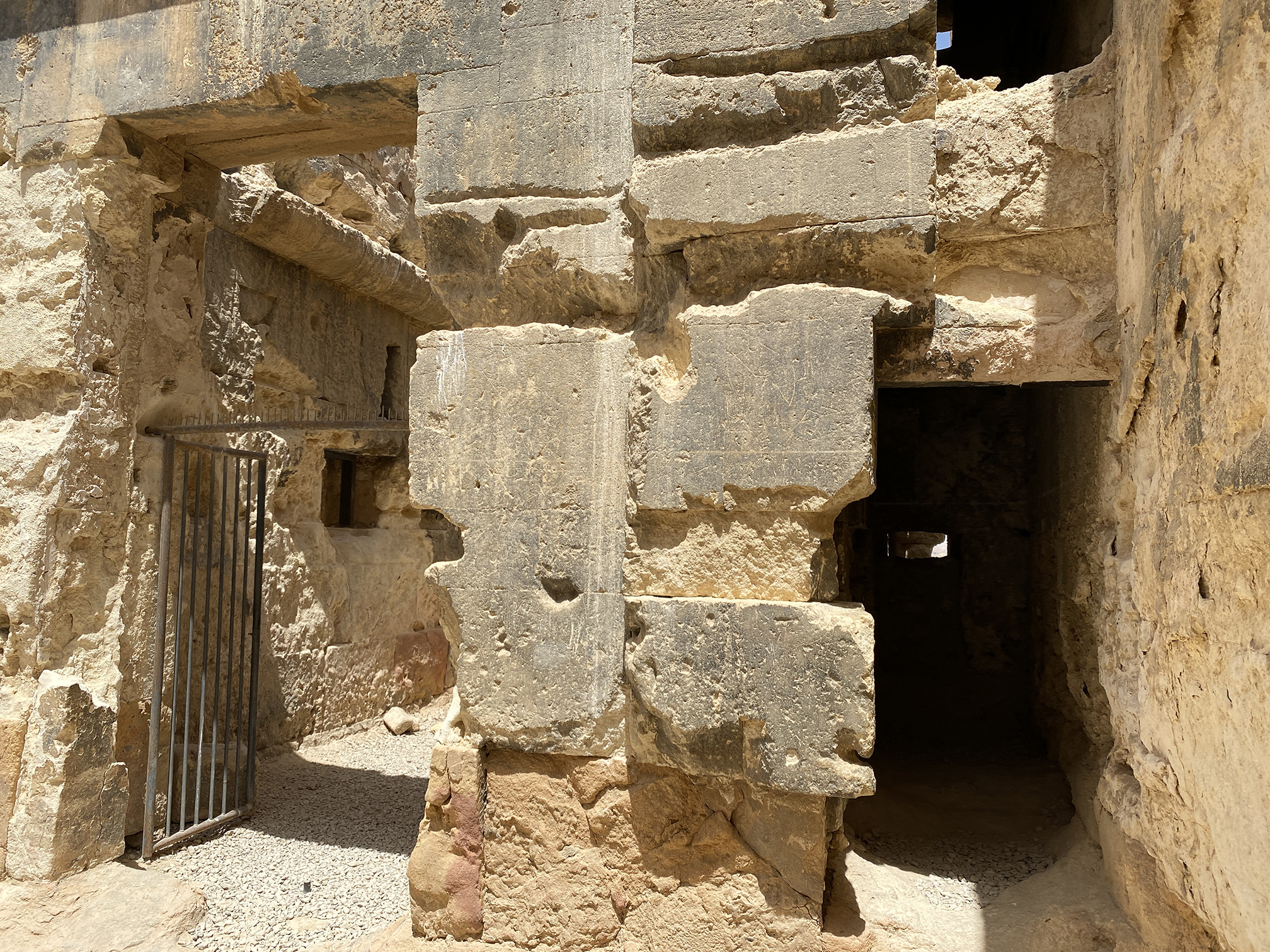Difference between revisions of "Oracle of Amun"
Occultwiki (talk | contribs) |
Occultwiki (talk | contribs) |
||
| (One intermediate revision by the same user not shown) | |||
| Line 23: | Line 23: | ||
With the coming of Roman times, [[oracle]]s became less utilized, and so did the [[Egyptian religion|Egyptian gods]], whom the Greeks had integrated into their own mythology. | With the coming of Roman times, [[oracle]]s became less utilized, and so did the [[Egyptian religion|Egyptian gods]], whom the Greeks had integrated into their own mythology. | ||
When the traveler and historian Strabo visited Egypt in 23 BC, he recorded that the Oracle of Amon had lost almost all importance. Inscriptions which date back as late as Trajan (98-117 AD) can still be found at the temple. This suggests that even though the Siwa had faded in | When the traveler and historian Strabo visited Egypt in 23 BC, he recorded that the Oracle of Amon had lost almost all importance. Inscriptions which date back as late as Trajan (98-117 AD) can still be found at the temple. This suggests that even though the Siwa had faded in significance, Roman emperors still honored its cultural and historical significance. | ||
[[Amun-Ra]] was likely still worshiped in Siwa till the arrival of Islam in 702 AD. There is no evidence for [[Christianity]] at the site. | [[Amun-Ra]] was likely still worshiped in Siwa till the arrival of Islam in 702 AD. There is no evidence for [[Christianity]] at the site. | ||
| Line 30: | Line 30: | ||
[[Category:Locations]] | [[Category:Locations]] | ||
[[Category:Egyptology]] | [[Category:Egyptology]] | ||
[[Category:Featured Articles]] | |||
Revision as of 05:41, 27 February 2024
The Oracle of Amun was a solitary oracle temple located at the Siwa Oasis in Western Egypt near Libya devoted to the Egyptian god Amun-Ra.
It later became known as the Temple of Zeus-Ammon during the Greek Period and the Temple of Jupiter-Ammon during the Roman Period. The temple was built to precisely align with the spring and fall Equinox sunrise when viewed from the Timasirayn Temple, 12 kilometers away across Lake Siwa.
Siwa Oasis
The Siwa Oasis is an urban oasis in Egypt. It is situated between the Qattara Depression and the Great Sand Sea in the Western Desert, 50 kilometers (31 mi) east of the Egypt–Libya border and 560 kilometers (350 mi) from the Egyptian capital city of Cairo. The oasis is in a deep depression that reaches below sea level, to about −19 meters (−62 ft).
The Ptolemaic Egyptian name of the oasis was sḫt jꜣmw, meaning "Field of Trees." Some classical authors referred to the site as "Ammonium." The first European to visit since Roman times was the English traveler William George Browne, who came in 1792 to see the ancient temple of the Oracle of Amun.
History
Although the oasis is known to have been settled since at least the 10th millennium BC, the earliest evidence of any connection with Ancient Egypt is the 26th Dynasty, when a necropolis was established and temple were built sometime between 663 - 535 BC. Prior to arrival of the Greeks with Alexander the Great, Herodotus knew of a "fountain of the Sun" at Siwa that ran coldest in the noontime heat.
Alexander the Great
When Alexander the Great occupied Egypt in late 331 BC, he was regarded as a liberator, conquering Egypt without a fight. In an effort to solidify his claim as ruler of Egypt as well as the son of Zeus, Alexander made visiting the oracle at Siwa a priority. His trek through the desert was long and difficult and his retinue reached the oasis by following birds across the desert.
After meeting with the priests, he was permitted access to the temple's Holy of Holies where Alexander spoke alone directly with the oracle. This situation was extremely rare. Typically, a petitioner gave their question to the oracle priest who took the request inside the Holy of Holies. However, due to Alexander's status and renown, the priests allowed him inside the most sacred part of the temple. Here, after speaking with the oracle through a divided partition in the stone temple wall, Alexander was pronounced son of Amun-Ra, confirming him as both a divine personage and the legitimate Pharaoh of Egypt. Before departing the temple grounds, he gave a sizable donation to the priests as thanks for confirming his divine status.
From this point forward, Alexander often referred to Zeus-Ammon as his true father, and after his death, currency depicted him adorned with the Horns of Ammon as a symbol of his divinity. The tradition of depicting Alexander the Great with the horns of Amun continued for centuries, with Alexander being referred to in the Quran as Dhu al-Qarnay ("The Two-Horned One"), a reference to his depiction on Middle Eastern coins and statuary as having horns of Ammon.
Decline
With the coming of Roman times, oracles became less utilized, and so did the Egyptian gods, whom the Greeks had integrated into their own mythology.
When the traveler and historian Strabo visited Egypt in 23 BC, he recorded that the Oracle of Amon had lost almost all importance. Inscriptions which date back as late as Trajan (98-117 AD) can still be found at the temple. This suggests that even though the Siwa had faded in significance, Roman emperors still honored its cultural and historical significance.
Amun-Ra was likely still worshiped in Siwa till the arrival of Islam in 702 AD. There is no evidence for Christianity at the site.

